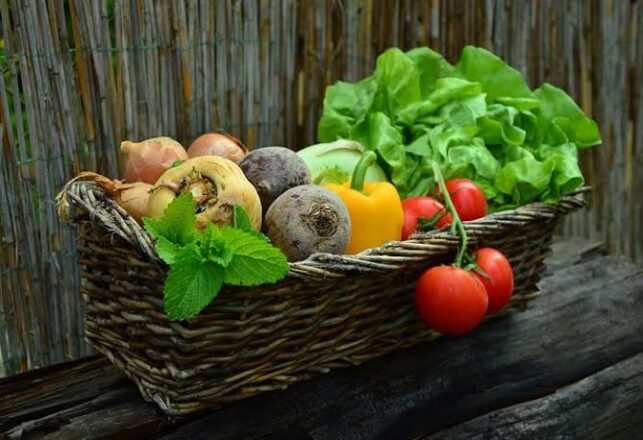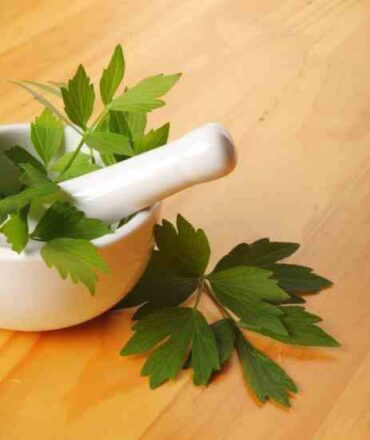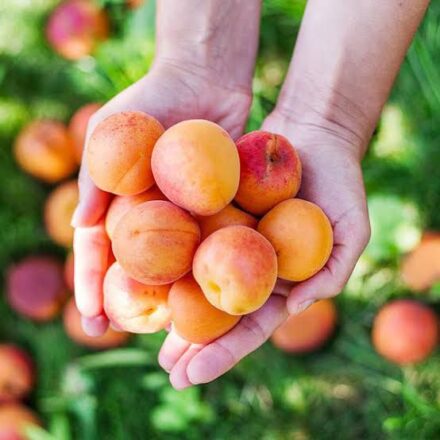- Empty cart.
- Continue Shopping
- Home /
- Page
Vegetable Cultivation And Caring
Vegetables can be grown in all weathers except rainy season. Good variety of vegetable seedlings can be planted on the floor and in polythene bags, plant pots, agro bags etc. after germination in a sunny place.


Home garden
vegetable cultivation
A mixture of soil, sand and dry dung in the ratio of 1:1:1 is helpful for the growth of vegetables. A moderate addition of earthworm compost, compost, manure and neem pomace to the mixture will help strengthen the root system and help the plants grow healthily. During repeated cultivation, the soil and species can be changed to get rid of pests.
Water the plants daily in the morning and observe the plants to remove infected leaves and insects. Cover stunted fruits with paper or polythene cover
Common Pests and Remedies
If you see that the disease has occurred, immediately uproot and destroy the plants. For organic farming, ensure immunity by using organic fertilizers and organic pesticides once a week from the fifth day after planting. Applying organic pesticides after disease outbreak is not a cure. It is better to use chemical pesticides and fertilizers only if excessive pest infestations are observed and again to use organic materials. There will be residual effects of chemicals up to 10 days after use. Then use vegetables. Pheromone traps, fruit traps and paper traps are good biological pest control methods to kill vegetable pests. Organic Fertilizers - Manure, goat, chicken, quail, rabbit dung, vermicompost, chakirichor kabost, bone meal, leaf meal, neem pomace in 25 gm - 50 gm are easy to use fertilizers.
aphid
Mix tobacco tincture, neem oil garlic emulsion 10m/1 liter with water and spray on the plants.
Leaf spot disease Savue
Donamas 2% Bordeaux mixture spray the leaves
thrips
Neem oil emulsion 5ml / 1Ltr. should be sprayed on the lower part of the leaf in the amount of
Nematodes (roundworms)
Sprinkle the base with pure neem pomace mixture
Leaf yellowing, growth stunting
Mix neem oil, Agrigo 2ml/1 liter of water and spray on the plants
Beetles, leafhoppers
Mix neem oil, garlic emulsion, nadan gomutra kanthari chili mixture with water and spray on the plants.
whitefly
Mix neem oil, garlic mixture, fish amino acid, verti celium 2m/Litre glue and make a yellow trap.
Against worms
(against pests )
Mix Biveria, Verticillium, Agrigro and Tobacco decoction at the rate of 5ml/Litre and spray.
Vegetable Plant Fertilizing
Fertilizing vegetables is an essential part of ensuring healthy growth and optimal yields. Here are some guidelines for fertilizing vegetables
Soil Testing
Before applying fertilizers, it's beneficial to conduct a soil test to determine the nutrient levels and pH of your soil. Soil testing helps you understand which nutrients may be deficient or excessive, allowing you to make informed fertilizer decisions
Organic Matter
Prior to planting, incorporate organic matter into the soil, such as compost or well-rotted manure. Organic matter improves soil structure, fertility, and water-holding capacity.
Balanced Fertilizer
Select a balanced fertilizer that contains a mix of nitrogen (N), phosphorus (P), and potassium (K) in a ratio appropriate for vegetable growth. For example, a common vegetable fertilizer may have an NPK ratio of 10-10-10 or 14-14-14. This ensures a good supply of essential nutrients for overall plant health
Side-Dressing:
Many vegetables benefit from additional fertilizer applications during the growing season. Side-dressing involves applying fertilizer alongside the rows or around individual plants. Apply a slow-release fertilizer or a balanced granular fertilizer according to the package instructions, avoiding direct contact with the plant stems.
Nitrogen Management
Nitrogen is vital for vegetative growth and green foliage. Leafy vegetables, such as lettuce and spinach, require higher nitrogen levels. Root crops, like carrots and beets, benefit from a balanced fertilizer with moderate nitrogen levels to promote root development. Leguminous plants, such as beans and peas, fix nitrogen from the atmosphere, so they require less additional nitrogen.
Watering
Adequate water is essential for nutrient uptake by plants. Ensure your vegetable garden receives sufficient irrigation, especially during dry periods. Proper watering helps nutrients dissolve and move through the soil for plant roots to absorb.
Foliar Feeding
In addition to soil fertilization, foliar feeding can be used to supply nutrients directly to the leaves of plants. Foliar sprays contain diluted water-soluble fertilizers and can be applied in the early morning or late afternoon. This method is useful for addressing nutrient deficiencies or providing a quick boost of nutrients during critical growth stages.
Avoid Excessive Fertilization
Over-fertilizing can lead to nutrient imbalances, excessive vegetative growth, and reduced fruiting. Follow the recommended application rates and avoid applying fertilizers too close to plant stems to prevent burn or damage.
Organic Fertilizers:
If you prefer organic gardening, various organic fertilizers are available, such as compost, well-rotted manure, fish emulsion, and seaweed extracts. These organic options can enhance soil fertility and provide slow-release nutrients over time.
Remember to follow the specific instructions provided by the fertilizer manufacturer, as application rates and timing can vary. Additionally, consider the specific nutritional requirements of each vegetable variety you are growing, as they may have varying needs.
Vegetable Plant Caring
Proper care is essential for the successful growth and development of vegetable plants. Here are some important aspects of vegetable care:
Sunlight
Most vegetables require full sun exposure, which means a minimum of six hours of direct sunlight per day. Ensure that your vegetable garden is located in an area that receives ample sunlight.
Watering
Consistent and appropriate watering is crucial for vegetable plants. Water deeply and thoroughly, ensuring that the soil is evenly moist but not waterlogged. Avoid overhead watering to minimize the risk of foliage diseases. Mulching around plants can help conserve moisture and regulate soil temperature.
Weeding
Regular weeding is important to prevent weeds from competing with vegetable plants for nutrients, water, and sunlight. Remove weeds by hand or use appropriate tools to prevent them from establishing and spreading.
Mulching
.Apply organic mulch around vegetable plants to help suppress weed growth, conserve moisture, and maintain more stable soil temperatures. Mulch also adds organic matter to the soil as it breaks down.
Support and Staking
Some vegetable plants, such as tomatoes, cucumbers, and beans, benefit from support and staking. Use trellises, cages, or stakes to provide support for vining or tall plants, allowing them to grow upright and reducing the risk of disease and fruit rot.
Pruning and Training
Proper pruning and training techniques can help manage the growth and productivity of certain vegetables. For example, removing suckers from tomato plants and training them to a single or few main stems can improve airflow and fruit production.
Pest and Disease Management
Monitor your vegetable plants regularly for signs of pests or diseases. Identify and address any issues promptly to prevent them from spreading. Integrated Pest Management (IPM) techniques, such as using insect-resistant varieties, practicing crop rotation, and employing natural pest control methods, can help manage pests effectively.
Fertilizing
As discussed earlier, provide appropriate fertilization based on soil test results and the nutritional requirements of specific vegetables. Consider both soil fertilization and foliar feeding as needed throughout the growing season.
Harvesting
Harvest vegetables at the appropriate stage of maturity to ensure the best flavor and quality. Regularly check for ripe produce and harvest promptly. Harvesting also encourages continuous production in certain plants
Crop Rotation
Rotate the location of your vegetable crops each year to help prevent the buildup of pests and diseases specific to certain plant families. This practice can help maintain soil fertility and reduce the risk of recurrent problems.
Cleaning and Sanitization
After harvesting, remove plant debris and clean garden tools to minimize the carryover of pests and diseases to the next growing season. Sanitize tools using a solution of bleach or rubbing alcohol to reduce the risk of contamination.

Home
.Visit to know our various services

Shop
Visit to purchase various products

Planting & Care
Answers to your doubts about plants




